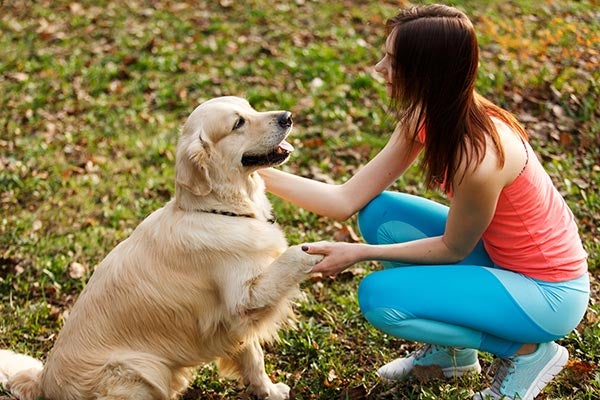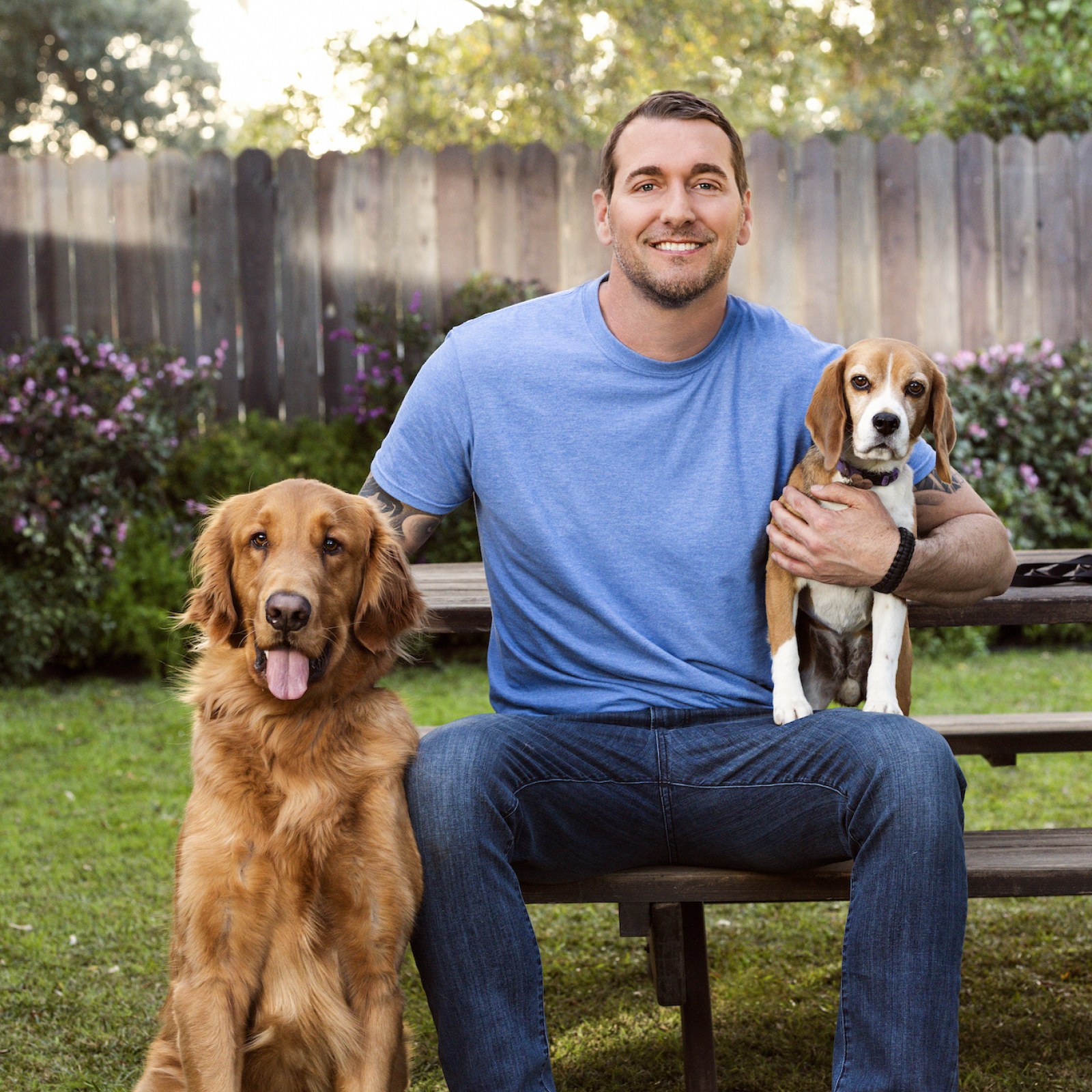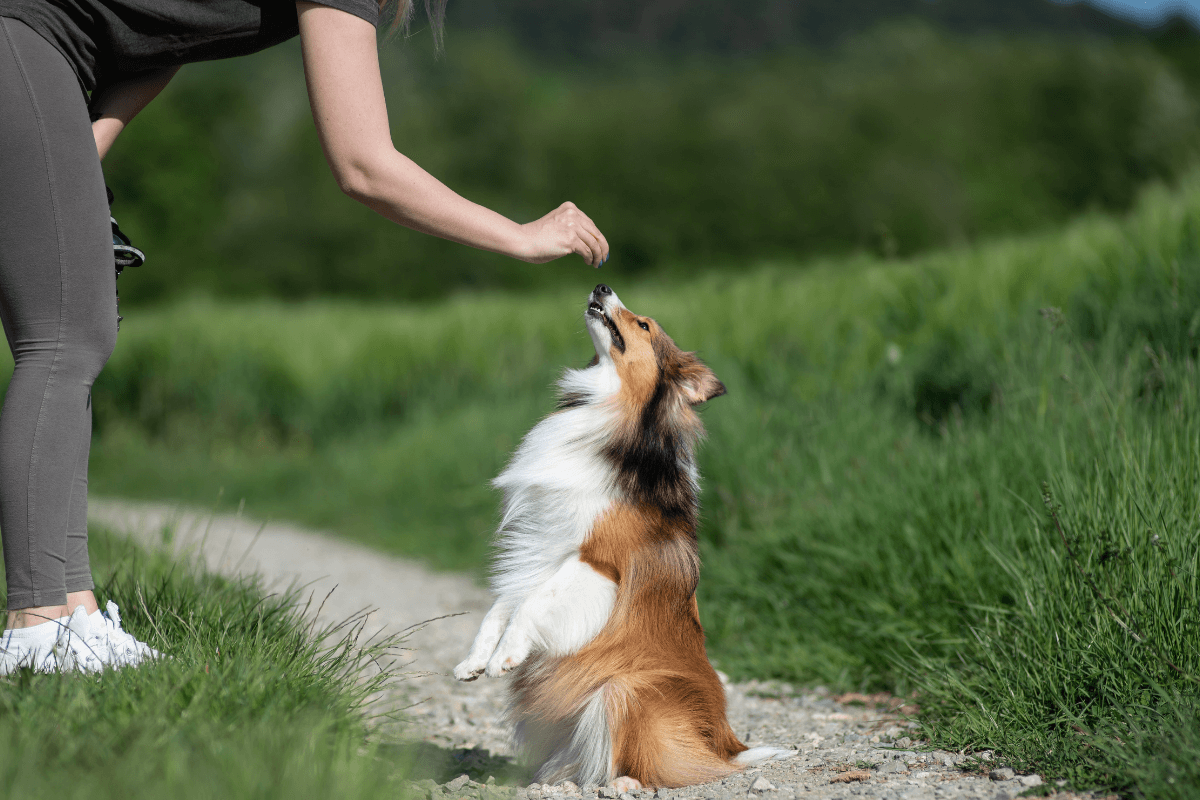Exactly how to Select the Right Technique for Successful Dog Training
Exactly how to Select the Right Technique for Successful Dog Training
Blog Article
Necessary Tips for Effective Dog Training: An Overview for Pet Owners
Effective dog training is a complex process that calls for a calculated technique customized to both the pet dog's personality and the proprietor's objectives. Recognizing exactly how to browse these challenges can considerably boost the training experience, eventually changing the connection in between owner and pet.
Comprehending Canine Habits
Recognizing dog habits is necessary for reliable training and fostering a harmonious connection between dogs and their proprietors. dog training. Dogs communicate mainly through body language, articulations, and activities, making it critical for proprietors to analyze these signals accurately.

Socialization plays a significant role in canine actions; exposure to different environments, people, and various other animals can dramatically affect a pet's temperament. Moreover, elements such as type attributes and specific temperament must assist training methods, as some breeds might have details behavioral traits that necessitate tailored techniques. By recognizing these components, proprietors can develop an encouraging environment that encourages favorable actions, bring about successful training outcomes and a much deeper bond with their family pets.
Establishing Consistent Commands
Effective communication with your canine begins with establishing constant commands. This foundational aspect of training is critical for promoting understanding between you and your pet dog. Uniformity in the commands you utilize makes sure that your canine can reliably associate certain words or phrases with the preferred habits.
When choosing commands, choose clear, unique words that are simple to differentiate and state from each other. Avoid using similar-sounding commands that may puzzle your canine. Utilizing "rest" and "stay" is proper, yet "rest" and "struck" can lead to misconceptions.
Additionally, preserve the exact same tone and quantity for every command. Pets are delicate to singing hints, so differing your tone can develop confusion.
It is similarly important to ensure that all member of the family are on the same web page relating to the commands utilized. A united front in command usage will prevent combined signals and strengthen the learning process.
Favorable Reinforcement Strategies
The power of positive support in pet dog training lies in its ability to urge desired behaviors through incentives and praise. This method is grounded in the principle that habits complied with by favorable outcomes are most likely to be repeated. By integrating favorable support right into your training routine, you can effectively form your dog's actions in a useful fashion.
To execute favorable support, it's vital to recognize what inspires your pet, whether it be treats, playthings, or spoken appreciation. When your pet dog carries out a wanted activity, such as sitting on command, instantly reward them with a reward or affection. This association in between the command and the favorable end result reinforces their understanding.
It's essential to timing the rewards correctly; providing the support within seconds of the desired habits helps your pet try this web-site make the connection (dog training). In addition, uniformity is essential-- ensure that all relative use the same commands and incentive systems to prevent complication

Slowly, you can minimize the frequency of treats as your canine discovers the behavior, transitioning to praise or intermittent incentives. This technique not just promotes a solid bond between you and your pet dog however additionally promotes a positive discovering atmosphere, making educating a satisfying experience for both.
Socialization and Interaction
Consistently subjecting your canine to a selection of settings, people, and various other pets is essential for their social advancement. Socializing needs to begin early, ideally throughout the crucial window of 3 to 14 weeks, when pups are most receptive to new experiences. However, older dogs can also profit from ongoing socializing efforts.
Present your pet to various setups, such as parks, pet-friendly shops, and urban areas. This direct exposure assists them adapt to different stimulations, minimizing anxiousness and anxiety Recommended Site actions. Urge positive interactions with other canines and individuals, ensuring that these encounters are secure and regulated to foster self-confidence.
Use structured playdates with courteous pets, as this can boost your canine's social skills and teach them appropriate habits. Obedience courses and training sessions also provide exceptional chances for socialization, allowing your dog to communicate with others in a monitored environment.
Monitor your canine's body language during interactions, as this will certainly assist you gauge their comfort level. Gradually enhance exposure to even more challenging circumstances while making sure that each experience is favorable. A well-socialized pet is a lot more likely to exhibit well balanced actions, making them a happiness to have in any kind of setup.
Resolving Typical Training Difficulties
Every pet dog owner will certainly experience training challenges eventually, regardless of their pet dog's age or socialization degree. Determining typical issues such as stubbornness, disturbances, and fearfulness can aid in developing efficient techniques for improvement.

Distractions throughout training sessions can derail focus. To battle this, start training in a quiet setting with marginal stimulations. Slowly present distractions as the pet comes to be more skilled in commands. Short, frequent training sessions are also effective in preserving interest.
Fearfulness can impede a pet's understanding procedure. Steady desensitization to the resource of worry, coupled with positive reinforcement, can assist ease anxiousness. Persistence is crucial; never require a canine into a scenario that causes distress, as this may aggravate the problem.
Ultimately, understanding and attending to these common challenges with a structured method will promote a more efficient training experience, strengthening the bond between pet and proprietor while advertising efficient discovering.
Final Thought
In summary, effective pet dog training relies upon an extensive understanding of canine actions, the facility of consistent commands, and the application of positive reinforcement strategies. Socializing plays an essential duty in creating well-adjusted family pets, while addressing typical training difficulties requires patience and flexibility. By carrying out these necessary methods, pet dog proprietors can foster a strong bond with their pets and advertise desirable habits, ultimately resulting in a harmonious partnership between people and their canine companions.
Recognizing have a peek at this website pet dog habits is important for reliable training and cultivating an unified partnership in between pooches and their proprietors.Socialization plays a substantial function in pet dog behavior; direct exposure to numerous atmospheres, people, and various other animals can substantially affect a pet's personality.The power of favorable reinforcement in canine training exists in its capability to encourage desired actions through incentives and praise. By incorporating favorable support into your training routine, you can successfully shape your pet's behavior in a constructive way.
In recap, successful dog training counts on an extensive understanding of canine actions, the facility of constant commands, and the application of favorable support strategies.
Report this page